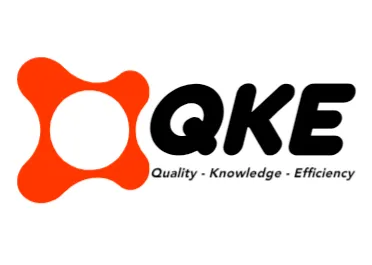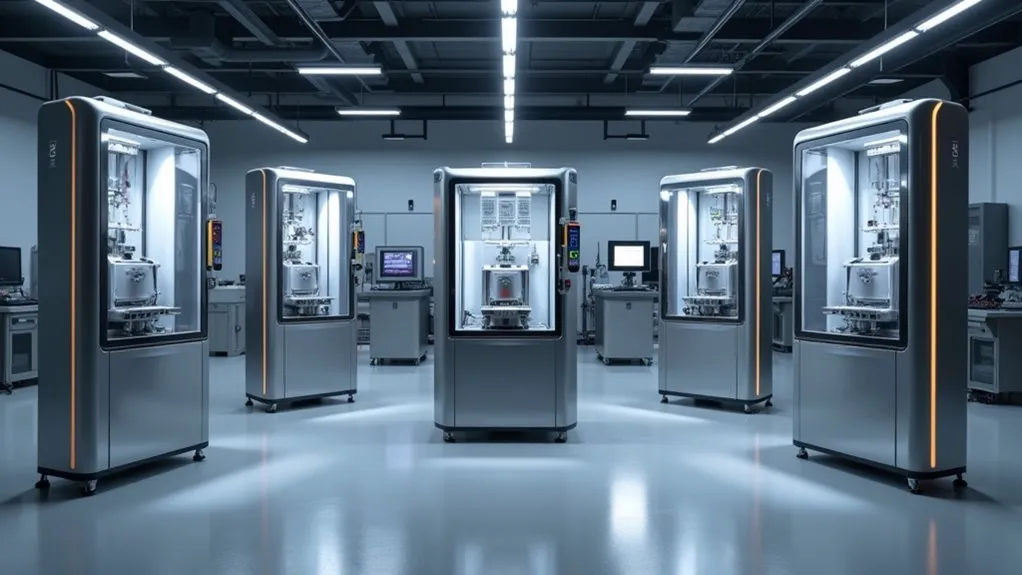In 2025, labeling machines have evolved to deliver high-speed efficiency, advanced technology integration, and eco-friendly innovations. Models like the Quadrel ProLine and ALS FastPaQ stand out, achieving speeds up to 500 ppm with precise label placement. These machines incorporate AI for quality control, predictive maintenance, and IIoT connectivity for real-time monitoring. With a focus on sustainability, they utilize biodegradable materials and energy-efficient designs. Their precision, customization, and user-friendly interfaces set new industry standards, promising further insights into their transformative impact on production processes.
Key Takeaways
- High-speed models like the Quadrel ProLine offer speeds up to 500 ppm with servo technology.
- The ALS FastPaQ model labels up to 3,000 products per minute with ±0.4mm accuracy.
- Advanced technologies, including AI and IIoT, enhance quality control and maintenance.
- Eco-friendly innovations focus on biodegradable materials and energy efficiency.
- Precision features like servo motors provide label placement accuracy of ±0.01 inches.
High-Speed Performance Models
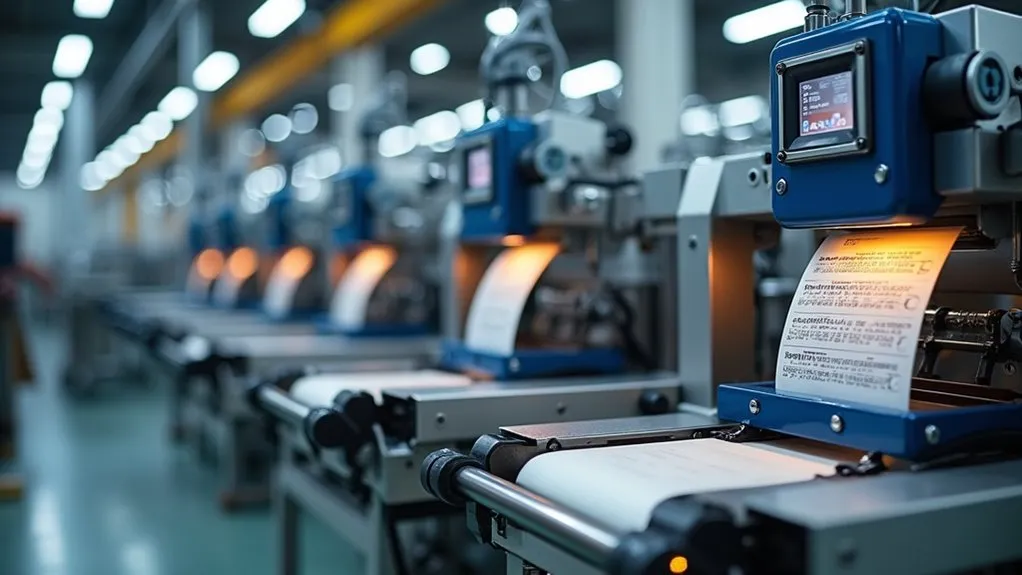
High-performance labeling machines are designed to meet the demands of large-scale production environments, delivering speeds exceeding 300 products per minute while maintaining precise label placement even at such high rates.
Models like the Quadrel ProLine Series and ALS FastPaQ Series incorporate high-speed mechanisms that set new industry performance standards. Servo-driven technology is a key component enabling such rapid and accurate labeling. The ProLine Series, for instance, uses this technology to achieve speeds up to 500 ppm, while the FastPaQ Series can label up to 3,000 products per minute with ±0.4mm accuracy. Additionally, advanced controllers like photoelectric sensors ensure reliable performance across various materials even in high-speed applications.
Models like the Quadrel ProLine and ALS FastPaQ Series redefine industry standards with high-speed mechanisms, achieving unprecedented performance in high-volume labeling.
This reflects advanced engineering that enables exceptional efficiency and reliability in high-volume labeling operations.
Advanced Technology Integration
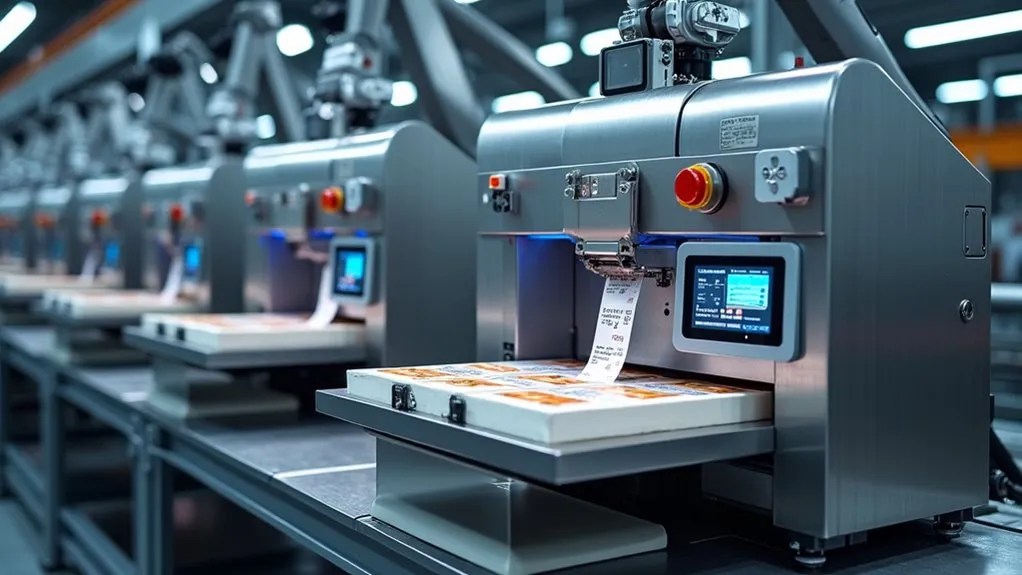
As the demand for labeling technology grows, the integration of advanced technologies has become a hallmark of modern labeling machines.
AI integration enhances quality control through real-time error detection and enables dynamic labeling flexibility required for diverse packaging needs. Additionally, AI-driven predictive maintenance optimizes production schedules, minimizing downtime.
Meanwhile, IIoT connectivity enables real-time monitoring and remote access, providing seamless ERP/PLC integration and transforming labeling machines into critical sources of operational data. This connectivity also ensures better traceability for regulatory compliance and improves Overall Equipment Effectiveness (OEE) through data-driven production planning. Furthermore, these advancements highlight the importance of real-time visibility in logistics, enhancing tracking and operational efficiency.
Together, these technological advancements deliver unprecedented efficiency and precision in labeling operations.
Eco-Friendly Innovations

While the traditional labeling industry is resource-intensive, a fundamental shift toward eco-friendly innovations is revolutionizing labeling machines.
The adoption of biodegradable materials, such as polylactic acid (PLA) derived from corn starch, and sustainable printing methods are leading this transformation. Manufacturers are increasingly focusing on fully electric systems and servo-driven motors to reduce energy consumption.
Moreover, the development of linerless labeling machines, which eliminate the need for backing paper, significantly contributes to waste reduction. These machines are not only designed to be energy-efficient but also to precisely handle delicate eco-friendly materials, aligning with the industry’s sustainability goals. Additionally, the integration of sustainable labeling materials is becoming essential to meet consumer demand for environmentally friendly products.
Precision and Customization Features
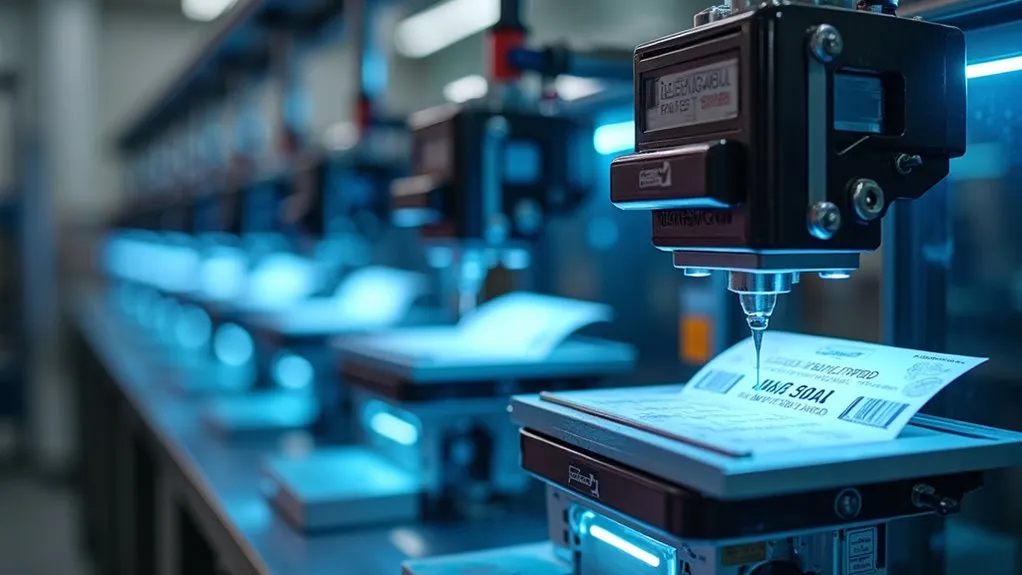
In the realm of labeling, the focus on eco-friendly innovations is complemented by an equally strong emphasis on precision and customization features. Advanced servo motor technology enables superior label positioning with ±0.01-inch accuracy, critical for high-speed applications. Customized solutions include vision-guided systems using camera-based orientation for precise label placement and can integrate with robotic arms for flexible labeling on complex surfaces. Modular designs further enhance versatility, accommodating various container shapes and sizes. These precision and customization features ensure that labeling machines can meet the diverse and demanding requirements of modern manufacturing and packaging operations. Moreover, the integration of automated print-and-apply labeling enhances inventory management and improves overall efficiency in the production process.
User-Friendly Design for Easy Operation
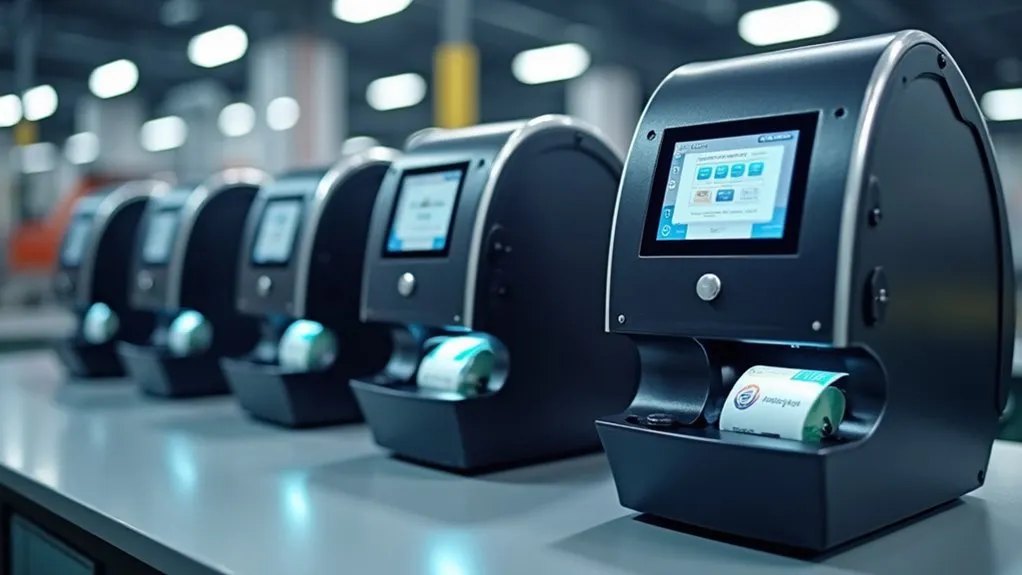
How do labeling machines combine precision with ease of use? Manufacturers are incorporating several key features to ensure that labeling machines are not only accurate but also easy to operate:
- Intuitive Interfaces: Touchscreens with icon-based menus allow operators to adjust settings quickly without halting production.
- Quick Changeovers: Tool-free adjustments, pre-set job settings, and quick-reference scales enable rapid transitions and setup for different labeling tasks.
- Ergonomic Design: Compact and portable machines with optimal accessibility and adjustable configurations suit various production lines and minimize operator fatigue.
- Automated Alerts: Systems with automatic jam detection and low-supply warnings maintain smooth operations by notifying operators of issues before they escalate, ensuring minimal downtime.

 Tiếng Việt
Tiếng Việt 日本語
日本語 中文 (中国)
中文 (中国) 한국어
한국어